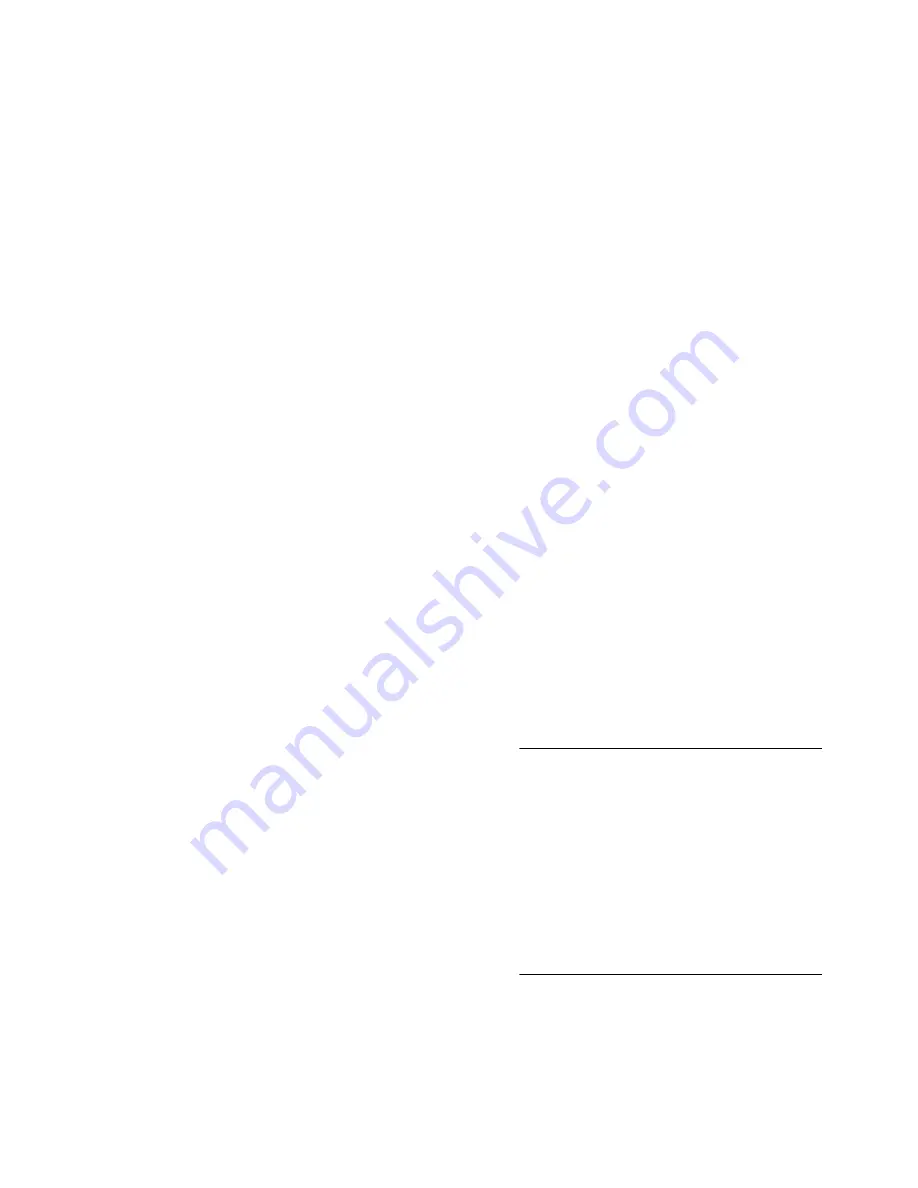
Uses for the
Edit+Next File
feature
Being able to re-assign samples to different banks and slots is a powerful feature that allows you to
organize your samples on the STS even if no computer is available.
•
Create a bank of samples you want to use for a session.
•
Change the order of samples within a bank.
•
Record multiple takes and choose which one you like.
•
Move new recordings to different banks.
•
Choose samples you want to use from a folder of more than 10 samples.
•
Have more than 600 samples on a microSD card and select which ones you want to use without
using a computer.
•
Searching for a sample if you can’t remember what bank it’s in.
Assigning samples walk-through
Let’s do an example. The sample pack that ships with the STS has 15 files in the “Drum Hits
(Electronic)” folder. Let’s try picking a different sample for the sample slot #1:
1. On the left side play channel, go to the Red bank.
2. Make sure
Length
is set to 100% and
Start Pos
is 0% in order to listen to the entire sample.
3. We’re going to re-assign slot #1, so turn the left side
Sample
knob to 1.
4. Hold
Edit
and tap
Next File
(left side
Reverse
button). A new sample file will play. Notice that the
left side
Reverse
button flashes red (since you’re in the red bank).
5. Hold
Edit
and tap
Next File
some more times and listen to how it plays a different sample each
time. When you find one you like, stop hitting
Edit
+
Next File.
6. That’s it! You’ve now re-assigned the Red bank slot #1 to whatever sample you picked.
Try it out: move the
Sample
knob to “2” hit
PLAY
. Now move it back to “1” and hit
PLAY
again: it
should play the new sample you picked out! You can repeat this process for slot #2 and the rest of the
Red bank, putting any sample (from anywhere on the microSD card) into any slot.
Like all other
Edit
button features, your changes will get lost if you power down without saving.
(Remember: to save hold
Edit
+
Save
[left side
PLAY
] for half a second).
Let’s continue the walk-through and browse all the samples on the microSD Card:
7. Go to a sample slot you haven’t re-assigned yet. Hit
Edit+Next File
until the
Next File
button
changes color from flashing red to flashing dim white. The flashing dim white indicates it’s no
longer scanning the folder, and instead is now scanning the entire microSD card for WAV files that
aren’t being used in a bank somewhere. The sound that you just heard played was a sample file
that’s not assigned anywhere.
8. If you keep hitting
Edit+Next File
the STS will keep
scanning the card for unused samples. There are a
few dozen of these in the sample pack, feel free to
browse!
9. Once the STS has scanned the entire card (excluding
sub-folders, of course), it will move on to playing the
banks. The first bank is White with no blink, so the
Next File
button will turn White (no blinks). As you
keep hitting the button, it’ll play all 10 samples in the
White bank, then move on to the 10 samples in the
Red bank, then Orange, etc…
10. If you kept going through all the banks, you would
end up where you started, playing the samples in the
original folder (and the
Next File
button will flash red
like it did when you started). At that point you will have played every single WAV file on the
microSD card (excluding sub-folders, of course).
11. Try going backwards: hold down
Edit
and
Next File
for 2 seconds. If you’re in the middle of bank
or group, the STS will go to the start and begin playing the first sample. If you hit it again (or keep
holding it down) it will go back a bank/group and play the first sample of the previous bank/group.
If you hold it down for a while, it’ll scan all the first files in every bank.
Page of
20
24
Tip:
When you first hit Edit+Next File, it
starts scanning the folder of the
sample that’s currently assigned to the
slot. But— if you assign a new sample
from a
different
folder to the slot, the
next time you hit Edit+Next File on that
slot, it’ll start you in the new assigned
sample’s folder. Keep in mind the
position of Edit+Next is retained until
you change banks, so this only
happens if you leave the bank and
come back.





































